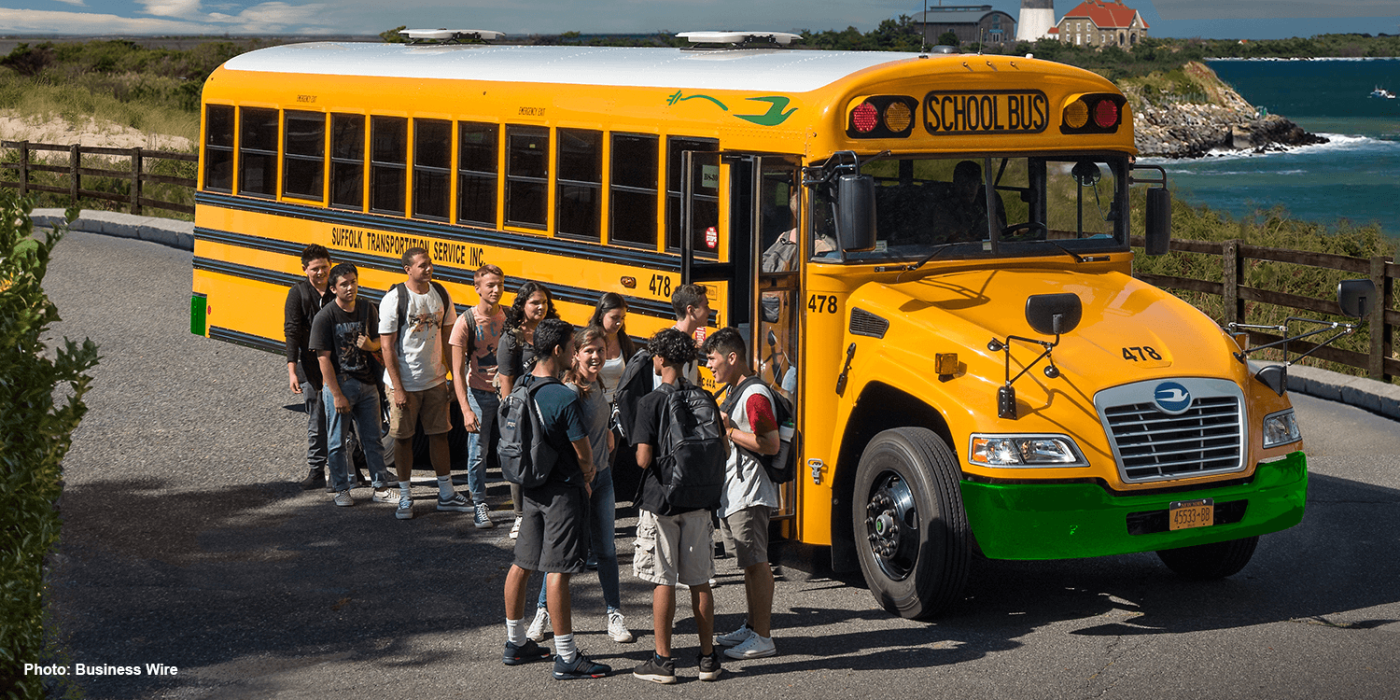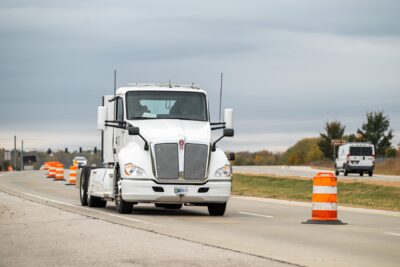Hubject and partners to launch V2G charging solution
The Heliox V2G-capable DC fast chargers are engineered to meet ISO 15118-20 requirements as an interoperable, standards-compliant vehicle-to-grid (V2G) charging solution. The bidirectional charging system is launched with a V2G project for which Heliox and digital infrastructure provider Hubject focus on electric school buses from US manufacturer Blue Bird, which is already working with project partner Accelera by Cummins on the electrification of its buses.
The ISO 15118-20, on which the bidirectional charging solution is based, is an international standard that defines secure, bidirectional communication between electric vehicles and the charging infrastructure. Bidirectional charging means a vehicle can both withdraw and feed energy into the grid (V2G), balancing peaks and troughs of renewable energy generation and demand. This ability to provide energy also enables new revenue streams while vehicles are stationary.
Hubject’s digital infrastructure for the project enables secure plug & charge functionality and ensures authentication and authorisation between the vehicle and charger. Siemens subsidiary Heliox is contributing V2G-capable DC fast chargers to the project that meet the requirements of ISO 15118-20. Accelera by Cummins is supplying the innovative, fully integrated electric powertrains that support V2G integration, installed in Blue Bird’s electric school buses.
ISO15118-20 is the latest evolution of the ISO 15118 standard to support secure, encrypted communication between electric vehicles and chargers. The standard enables new functions such as bidirectional energy transfer, load management and plug & charge authentication without RFID cards or mobile apps. The partners want to use the project to prove that these functions work in practice – across different brands, systems and use cases.
Electric school buses in North America are ideal for V2G technology, since they are operated twice a day on scheduled routes and times, spending the remainder of the time stationary. In order to stabilise grids, vehicles must remain plugged in for long periods so that the vehicle’s battery can work as an energy buffer for the grid, constantly adjusting to the available energy and demand. During the day, the vehicles absorb excess solar energy, for example, and feed it back in at peak periods when demand is high and production is low.
Electric buses have been the focus of a number of V2G projects in North America. In March last year, California Energy Commission (CEC) awarded BorgWarner and project partners Fermata Energy and Lion Electric a $3 million grant for an Vehicle-to-Grid project using electric school buses. Back in 2022, in the USA, Highland Electric Fleets coordinated V2G programme with technology partners Proterra, Thomas Built Buses, Rhombus and Synop with electric school buses, while the same year, V2G specialists Nuvve and San Diego Gas and Electric (SDG&E) agreed to allow electric school buses to give energy back to the grid to prevent blackouts through the utility’s Emergency Load Reduction Program (ELRP).
Blue Bird’s experiences with V2G technology go back a few more years. In 2020, the electric bus manufacturer teamed up with the San Diego-based vehicle-to-grid (V2G) specialist Nuvve to launch Blue Bird’s ‘Vision Type C’ and ‘All American Type D’ electric school buses compatible with Nuvve’s V2G technology across the USA.
V2G projects are now finding their way into commercial operations across the road transport sector. In 2023, for example, Coast to Coast Experiences launched a Vehicle-to-Grid pilot project for medium- and heavy-duty vehicles in British Columbia with BC Hydro’s PowerTech Labs, Lion Electric, BorgWarner, and Fermata Energy. With its partners, Coast to Coast Experiences (CTCE) wants to create a “rapid, deployable, end-to-end V2G mobile power infrastructure in Canada”. V2G projects are in progress in the marine sector, too. In 2024, a Canadian-UK vessel-to-grid project was launched involving teams from the UK and Canada to create a transatlantic V2G project for electric ships. This transatlantic partnership aims to deploy bi-directional chargers and electric vessels in Plymouth, UK, and Halifax, Canada.
Major automotive manufacturers are now ensuring that their vehicles are V2G-ready. Now, as with this Hubject project, experience with commercial projects further develops the technical standards and real-life regulatory and economic frameworks for V2G technology moving forward. Hubject notes, “V2G offers immense potential for grid balancing, cost savings, and energy resilience—especially for high-utilisation fleets such as school buses.”





0 Comments